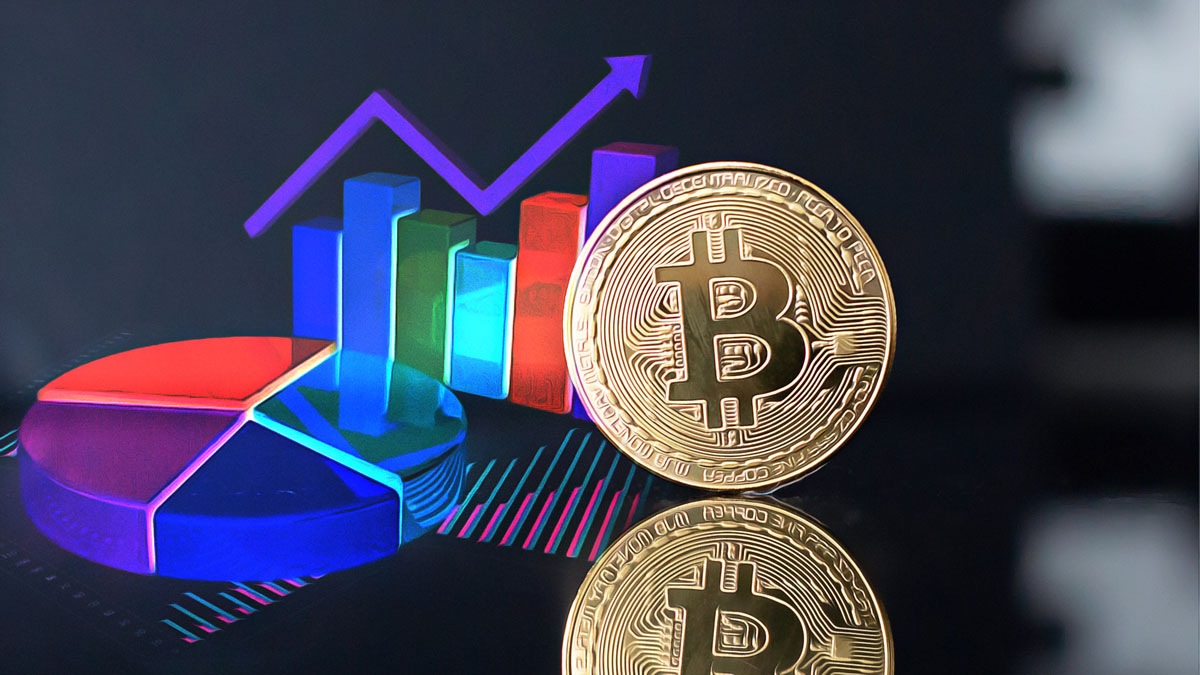Bitcoin’s price is currently circling around the $58,000 mark, with intermittent dips below this level. Despite these fluctuations, Bitcoin has yet to close below a crucial support point. However, it hasn’t regained a position of security either. Within broader risk markets, cryptocurrencies continue to show negative divergence.
What is Driving Bitcoin Sales?
Germany has exhausted its Bitcoin holdings, Mt Gox has finalized most of its restitutions, and the U.S. government has momentarily halted its sales. Despite this, Bitcoin remains sluggish. Altcoins are also suffering, with SOL Coin notably plunging about 8% to hover around $138, leading losses among major altcoins by market capitalization.
As the month of August nears its end, Bitcoin appears to be striving for a negative close, which would mark a -12% return for the month. SOL Coin has already tumbled 25% this month. Analyst Miles Deutscher has shed light on the sellers: while Asian investors are generally holding, U.S.-based selling is significant. These sales were prompted by substantial activity in Binance spot pairs during U.S. trading sessions, following Bitcoin’s last attempt to break $65,000.
Why Did Bitcoin Drop Today?
Today saw a repetition of this trend. Despite NVIDIA‘s impressive earnings report and the anticipation of falling interest rates within 19 days, Bitcoin’s price experienced a sharp decline once U.S. markets opened. This continued trend underscores the influence of U.S. trading behavior on Bitcoin’s market dynamics.
Key Insights for Investors
- German and Mt Gox Bitcoin sales are complete, but the U.S. market remains a critical seller.
- Bitcoin’s price behavior is heavily influenced by trading activities during U.S. market hours.
- Upcoming non-farm payroll data could be a decisive factor for market recovery.
The Federal Reserve is expected to start reducing interest rates, which have been at their peak for a year. This move is anticipated to continue until rates reach around 3% next year. Although this has yet to impact Bitcoin, such cuts generally spur interest in risk markets. The next significant event that could trigger a market rebound is the non-farm payroll data set to be released on September 6.
Should the NFP data turn out to be exceptionally poor, the likelihood of a 50 basis points rate cut in September could increase, which would likely boost Bitcoin prices. Currently, market consensus expects a 25 basis points reduction.













